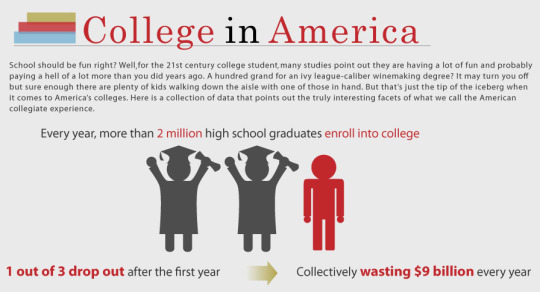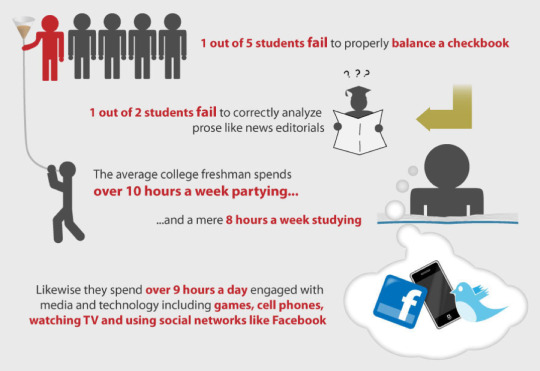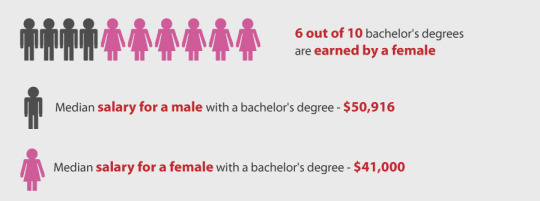Photo
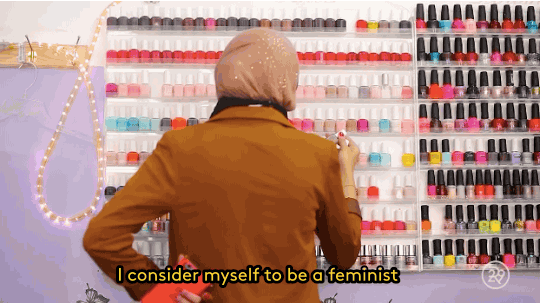

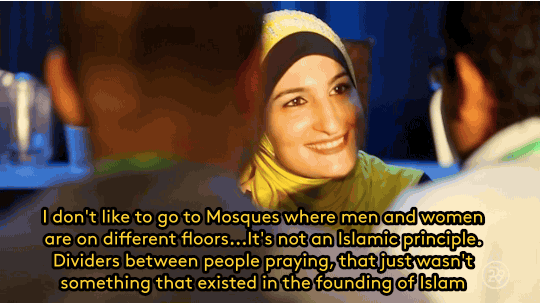
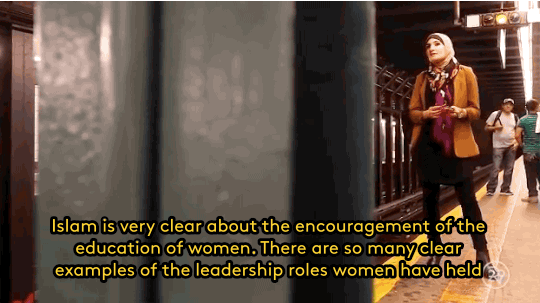
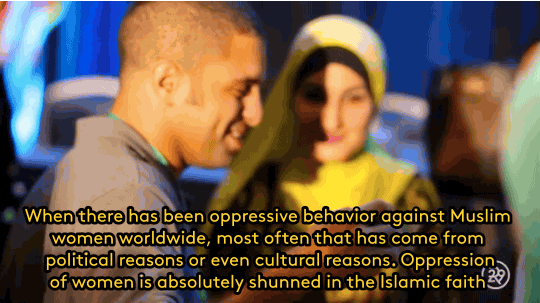
Watch: Linda Sarsour gets real on being a Muslim feminist
As the executive director of the Arab American Association of New York, Sarsour serves as an unapologetic advocate for her religious and ethnic heritage. And she’s not ignoring how women are represented in Islam, either.
12K notes
·
View notes
Photo
Education is the means by which we break free
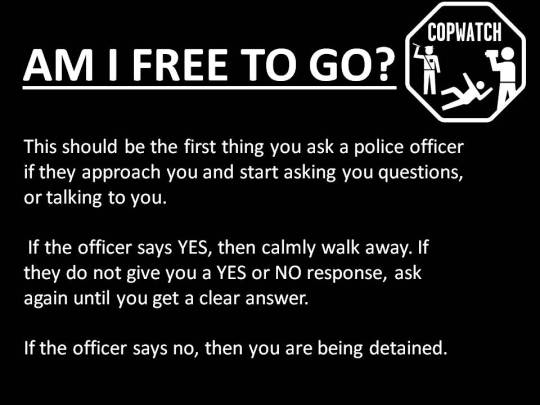


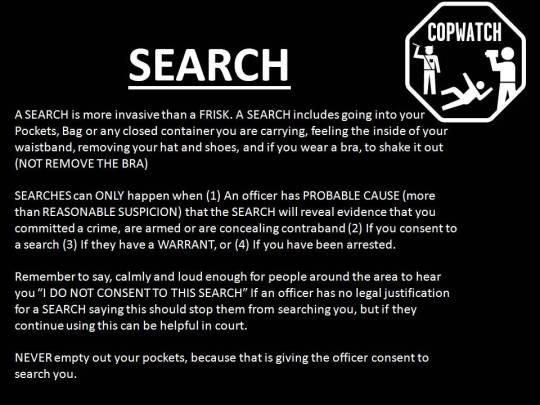
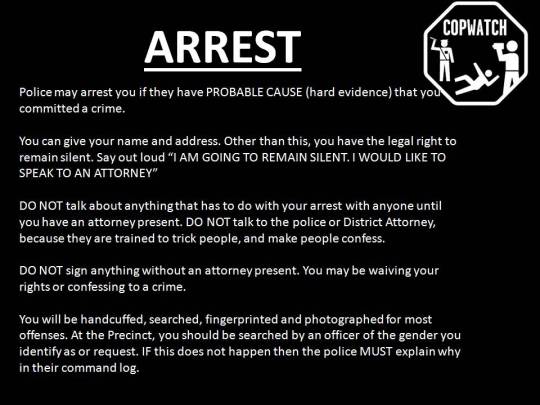



978K notes
·
View notes
Text
Happy 26th Birthday, Kaitlin!!!!!!!!!!
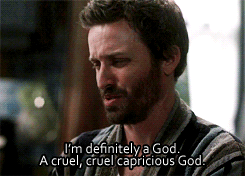
All hail Kaitlin, the Cruel & Capricious!
0 notes
Photo

Higher education & student affairs does not exist in a vacuum, working outside of the systematic oppression that affects our students, our loved ones, and our own lives. There is a movement to speak and discuss social justice issues within student affairs - see the commissions and committees within ACPA and NASPA. Yet all to often, I feel that there is still a disconnect between how we discuss issues at the Academy and how we understand current events.
To be honest, most of us do not have time to pay close attention to the news, especially when it does not directly impact us.
But it always impacts us. We have to be aware of current events affecting social justice issues and make sense of how it affects us. We can’t be afraid of appearing "political”.
This is a new space on the internets for those of us that want to share the news of current events in the feminism realm and discuss.
That doesn’t mean we make the mistake of the feminist movements that have come before us, where we only focus on white, middle-upper class women’s issues. Nope. This is an space that remembers "Feminism is worthless without intersectionality and inclusion."
**Art made by Chelsea Valentin Brown at soirart.tumblr
12 notes
·
View notes
Photo
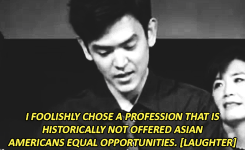


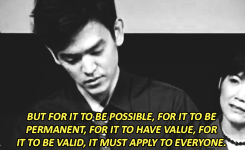

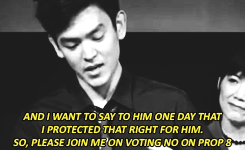
John Cho on saying no to Proposition 8, California’s ban on gay marriage. [x]
34K notes
·
View notes
Video
youtube
The Origin of the phrase “Women of Color”
Terms like ‘women of color’ are not just descriptions, but have political and ideological histories and current meanings. Here’s a clip of Loretta Ross, cofounder and national coordinator of SisterSong -Women of Color Reproductive Justice Collective, sharing one of the birthing moments of the term ‘women of color’.
10K notes
·
View notes
Conversation
how society reacts to your grades
bad at the arts: you're not less intelligent, you just have a technical mind
bad at math/science: you must be stupid
591K notes
·
View notes
Text
Black Teenager Holding Puppy Tackled by Police for No Reason
Student affairs isn't great at 'getting' diversity issues. Yes, that's supposed to be our niche area but there is a small minority of people who seem to understand the greater issues that our students are dealing with.
Take this story for example. A 14-year old black male teenager is tackled by police while walking down the street to his mother while holding a puppy. One sits on him and another holds him down by his neck, effectively choking him.
His alleged crime: giving the officers “dehumanizing stares” and “clenching his fists.” ...Which I suppose is threatening to grown adults?
Except...according to him, he was holding his puppy, so he couldn't have been clenching his fists?
Our students of color go through these experiences, and if they personally do not then they experience other incidents of racial aggression because we live in a racist society. We need to recognize this and take it into account when working with students.
3 notes
·
View notes
Photo
Religious cultural appropriation...it's certainly become a trend, especially within the 'hipster' culture. I like these photographs because it is a simple way to express why appropriation is wrong.



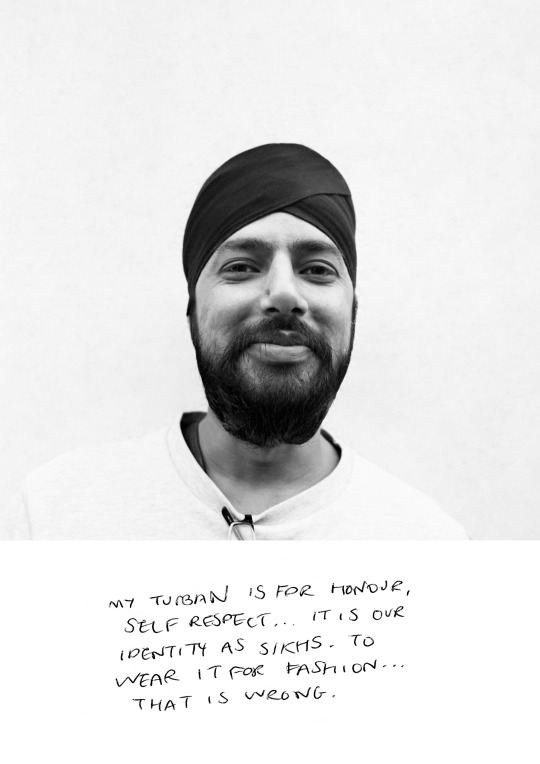

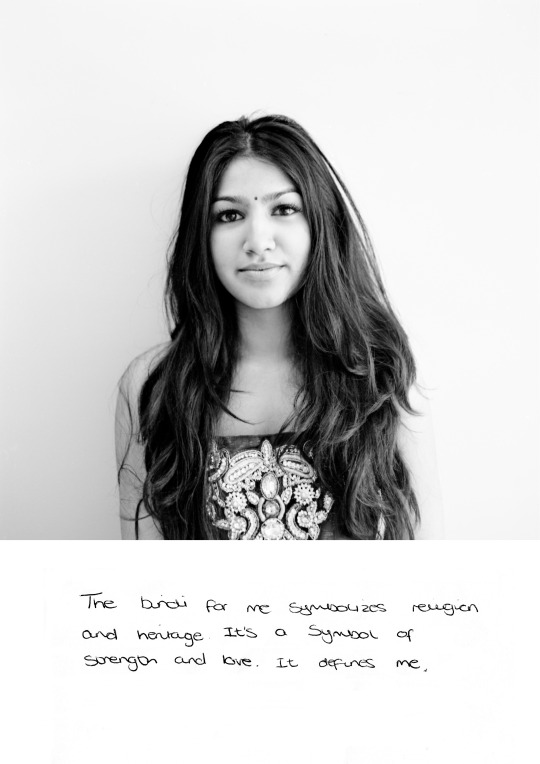

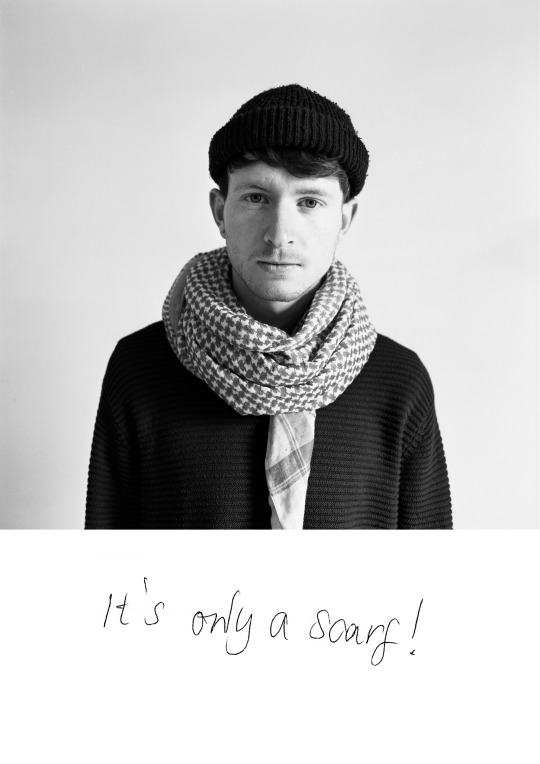
This body of work is an exploration of the extent of cultural appropriation and encourages a discussion about it. I give the appropriator and the appropriated the opportunity to defend themselves and create a dialogue between them, while maintaining a neutral stance myself. I am not attacking those who appropriate, merely educating and creating awareness. I’m also exploring appropriation myself, and discovering the carying degrees of it within this visual conversation.
I’d like to make this a long term exploration, with a lot more participants as a form of generation-wide debate. If you’d like to be photographed to add your point of view, please do not hesitate to pop me a message here or an email at [email protected] and we could work something out!
15K notes
·
View notes
Photo

Congratulations to Eva Longoria! She received her Masters in Chicano Studies from UCLA this month!
Just goes to show you that it is never too late to earn another degree! Eva is an inspiration.
Full story here.
36 notes
·
View notes
Photo
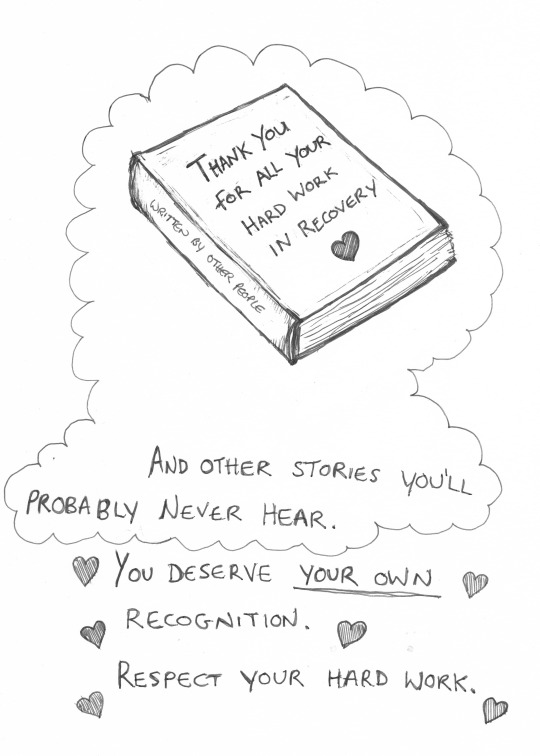
Sometimes in recovery it can feel like you’re working your butt off but not getting much recognition for how hard it actually is.
I’ve learned that you need to recognise it for yourself because other people (loved ones) don’t really know what you’re going through.
Be a friend to yourself, be kind to yourself, thank yourself for starting on this amazing journey and be there for yourself when it gets really tough.
Healing is tough and it’s good for you to recognise how much strength it takes to recover. <3
121 notes
·
View notes
Quote
We are outraged when an Indian police officer tells a rape victim she should marry her attacker but not when a California judge says a woman wasn’t really raped because she didn’t put up enough of a fight. We are outraged at 24,000 rapes in India but not 188,380 in America.
Hoopstatic - First World Problems
I really recommend reading the entire article. Trigger warning for discussion of rape and rape culture - it’s a tough article but very important.
(Thanks to byunbbi for submitting)
I think this quote also really captures what is happening when one is reported so much more than the other in American media:
“24,000 rapes in one year. That’s an epidemic. Brutal gang rape. Police doing nothing to protect or prosecute. Culture of rape. But something like that would never happen here in America, right? India is dirty and dangerous and overcrowded and backwards and misogynistic and this is just a third world problem, right? A really sad problem, but it would never happen here, right?”
It creates another false dichotomy where “we” feel bad for “them” that they have to live in those “conditions.” Definitely both situations are in need of address, but it’s worth examining why media leaps on framing India and its sexual assault issues as if they are a world different from ours- as if “our people” /culture really act better or respect women and victims more (they don’t.)
24,000 in a population of a billion vs 188,000 out of 300 million?
(via dotcomslashpost)
it’s way easier to dehumanize poc culture and portray it as being primitive and backwards than to analyze the structure of misogyny and rape culture in the so called “developed world”.
(via sonidenakhre)
59K notes
·
View notes
Link
1. Parks had been thrown off the bus a decade earlier by the same bus driver — for refusing to pay in the front and go around to the back to board. She had avoided that driver’s bus for twelve years because she knew well the risks of angering drivers, all of whom were white and carried guns. Her own mother had been threatened with physical violence by a bus driver, in front of Parks who was a child at the time. Parks’ neighbor had been killed for his bus stand, and teenage protester Claudette Colvin, among others, had recently been badly manhandled by the police.
2. Parks was a lifelong believer in self-defense. Malcolm X was her personal hero. Her family kept a gun in the house, including during the boycott, because of the daily terror of white violence. As a child, when pushed by a white boy, she pushed back. His mother threatened to kill her, but Parks stood her ground. Another time, she held a brick up to a white bully, daring him to follow through on his threat to hit her. He went away. When the Klu Klux Klan went on rampages through her childhood town, Pine Level, Ala., her grandfather would sit on the porch all night with his rifle. Rosa stayed awake some nights, keeping vigil with him.
3. Her husband was her political partner. Parks said Raymond was “the first real activist I ever met.” Initially she wasn’t romantically interested because Raymond was more light-skinned than she preferred, but she became impressed with his boldness and “that he refused to be intimidated by white people.” When they met he was working to free the nine Scottsboro boys and she joined these efforts after they were married. At Raymond’s urging, Parks, who had to drop out in the eleventh grade to care for her sick grandmother, returned to high school and got her diploma. Raymond’s input was crucial to Parks’ political development and their partnership sustained her political work over many decades.
4. Many of Parks’ ancestors were Indians. She noted this to a friend who was surprised when in private Parks removed her hairpins and revealed thick braids of wavy hair that fell below her waist. Her husband, she said, liked her hair long and she kept it that way for many years after his death, although she never wore it down in public. Aware of the racial politics of hair and appearance, she tucked it away in a series of braids and buns — maintaining a clear division between her public presentation and private person.
5. Parks’ arrest had grave consequences for her family’s health and economic well-being. After her arrest, Parks was continually threatened, such that her mother talked for hours on the phone to keep the line busy from constant death threats. Parks and her husband lost their jobs after her stand and didn’t find full employment for nearly ten years. Even as she made fundraising appearances across the country, Parks and her family were at times nearly destitute. She developed painful stomach ulcers and a heart condition, and suffered from chronic insomnia. Raymond, unnerved by the relentless harassment and death threats, began drinking heavily and suffered two nervous breakdowns. The black press, culminating in JET magazine’s July 1960 story on “the bus boycott’s forgotten woman,” exposed the depth of Parks’ financial need, leading civil rights groups to finally provide some assistance.
6. Parks spent more than half of her life in the North. The Parks family had to leave Montgomery eight months after the boycott ended. She lived for most of that time in Detroit in the heart of the ghetto, just a mile from the epicenter of the 1967 Detroit riot. There, she spent nearly five decades organizing and protesting racial inequality in “the promised land that wasn’t.”
7. In 1965 Parks got her first paid political position, after over two decades of political work. After volunteering for Congressman John Conyers’s long shot political campaign, Parks helped secure his primary victory by convincing Martin Luther King, Jr. to come to Detroit on Conyers’s behalf. He later hired her to work with constituents as an administrative assistant in his Detroit office. For the first time since her bus stand, Parks finally had a salary, access to health insurance, and a pension — and the restoration of dignity that a formal paid position allowed.
8. Parks was far more radical than has been understood. She worked alongside the Black Power movement, particularly around issues such as reparations, black history, anti-police brutality, freedom for black political prisoners, independent black political power, and economic justice. She attended the Black Political Convention in Gary and the Black Power conference in Philadelphia. She journeyed to Lowndes County, Alabama to support the movement there, spoke at the Poor People’s Campaign, helped organize support committees on behalf of black political prisoners such as the Wilmington 10 and Imari Obadele of the Republic of New Africa, and paid a visit of support to the Black Panther school in Oakland, CA.
9. Parks was an internationalist. She was an early opponent of the Vietnam War in the early 1960s, a member of The Women’s International League for Peace and Freedom, and a supporter of the Winter Soldier hearings in Detroit and the Jeannette Rankin Brigade protest in D.C. In the 1980s, she protested apartheid and U.S. complicity, joining a picket outside the South African embassy and opposed U.S. policy in Central America. Eight days after 9/11, she joined other activists in a letter calling on the United States to work with the international community and no retaliation or war.
10. Parks was a lifelong activist and a hero to many, including Nelson Mandela. After his release from prison, he told her, “You sustained me while I was in prison all those years.”
8K notes
·
View notes
Photo
This is why entertainment matters much more than you think.



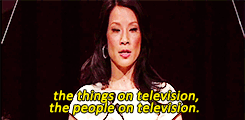


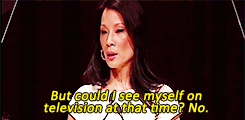
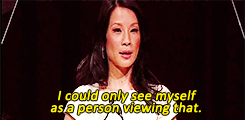
Lucy Liu at the 2012 NYWIFT Muse Awards (x)
18K notes
·
View notes
